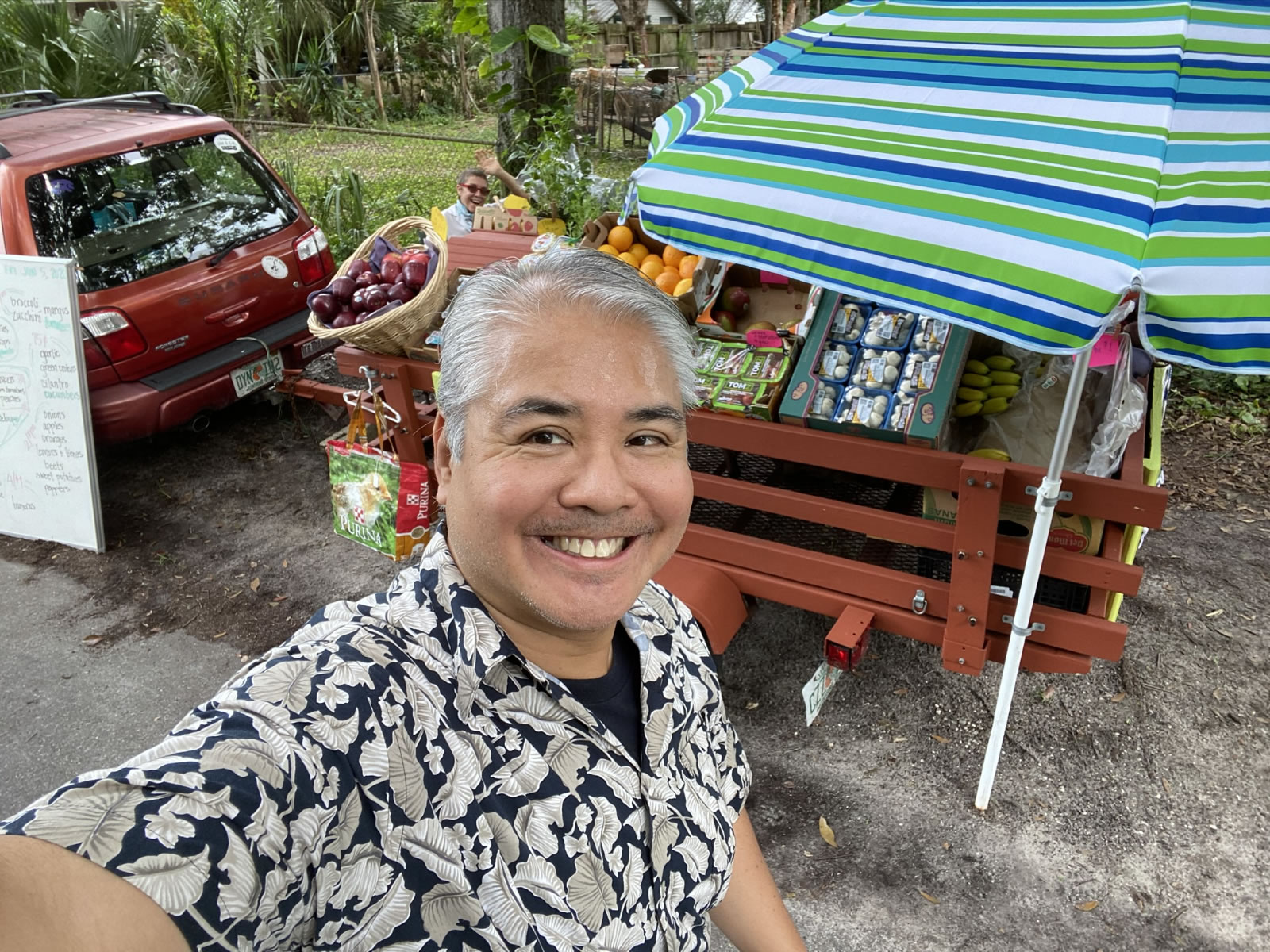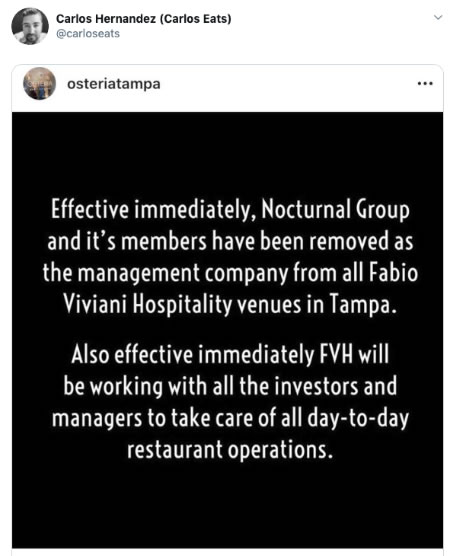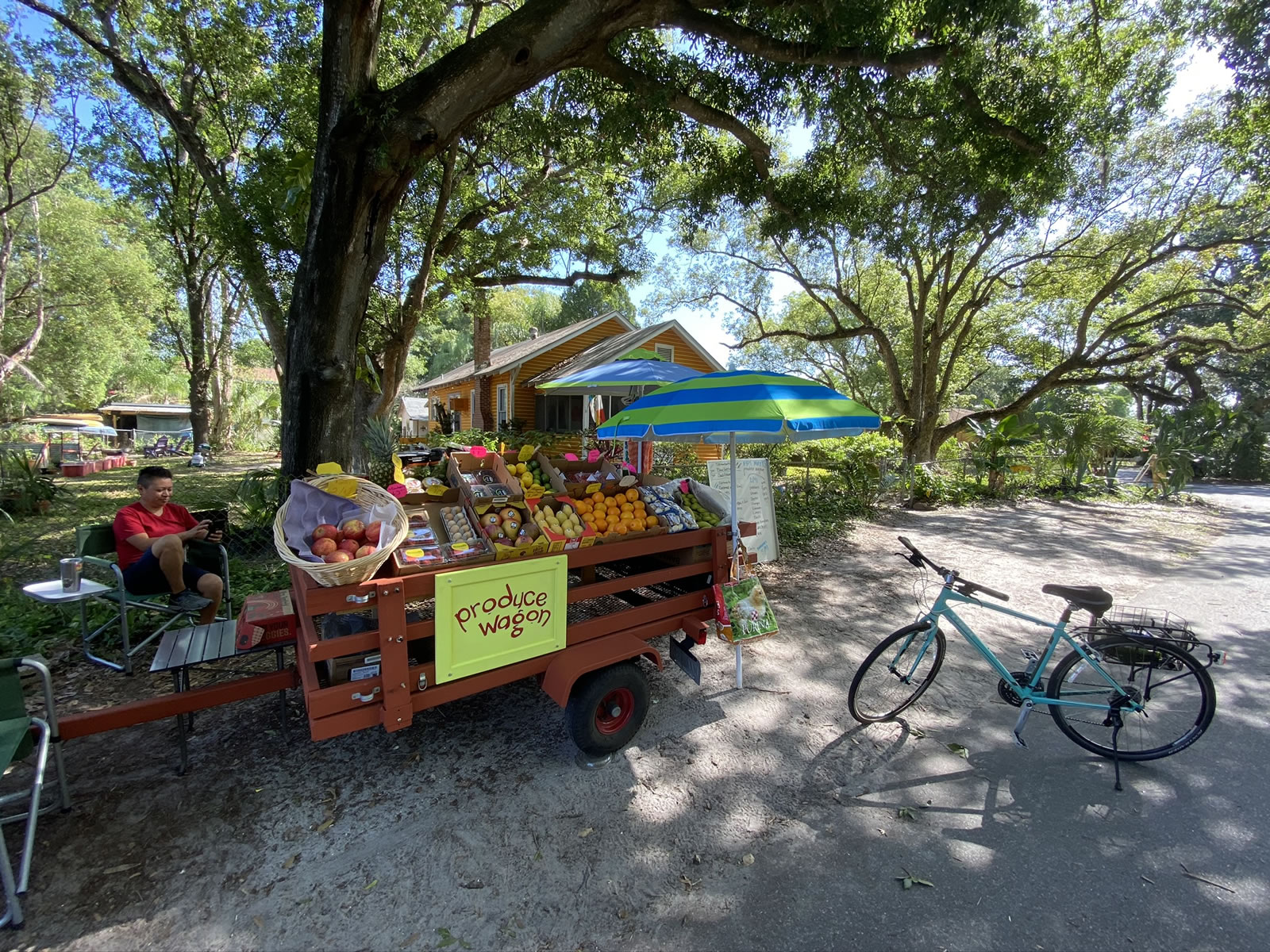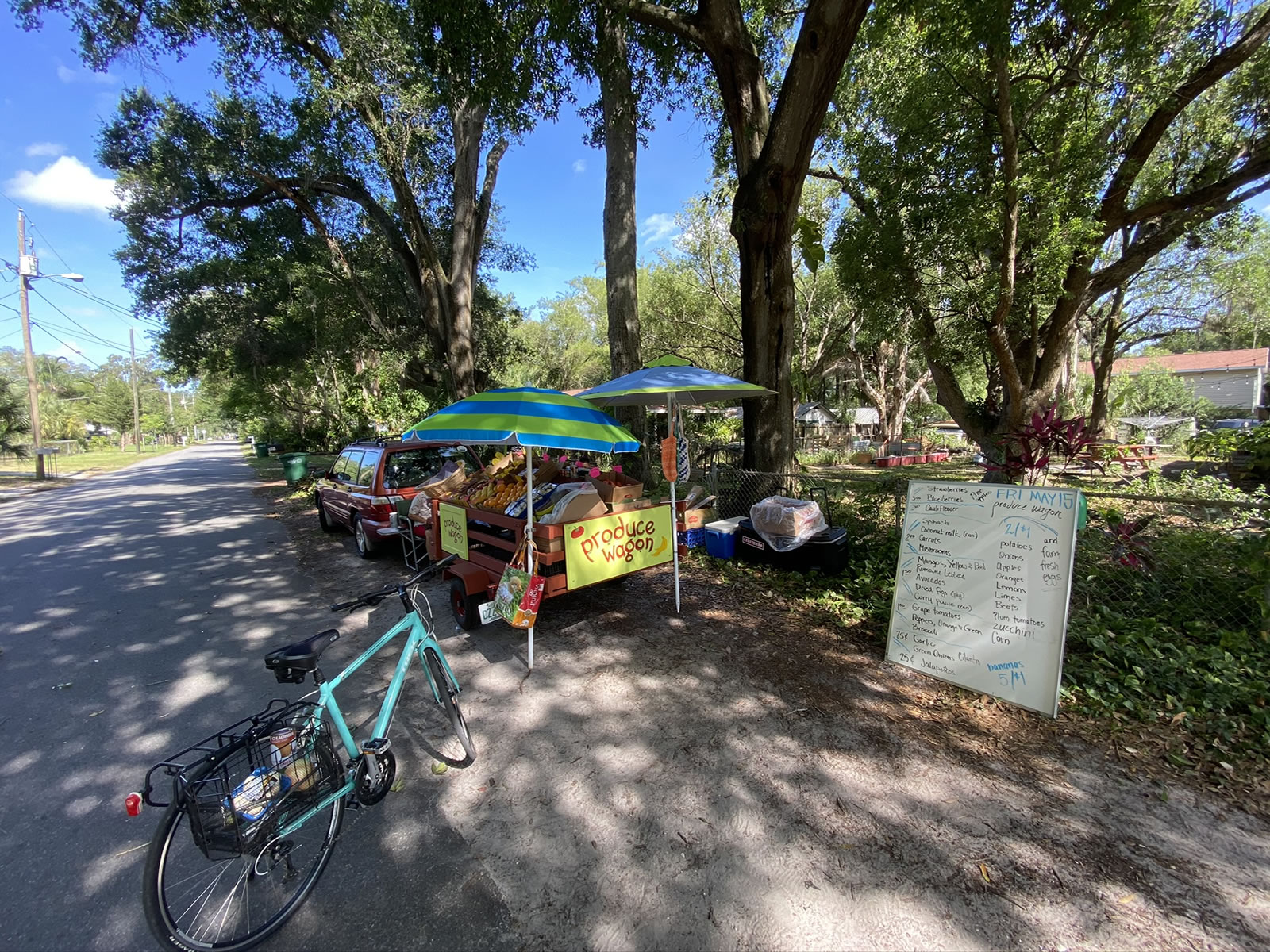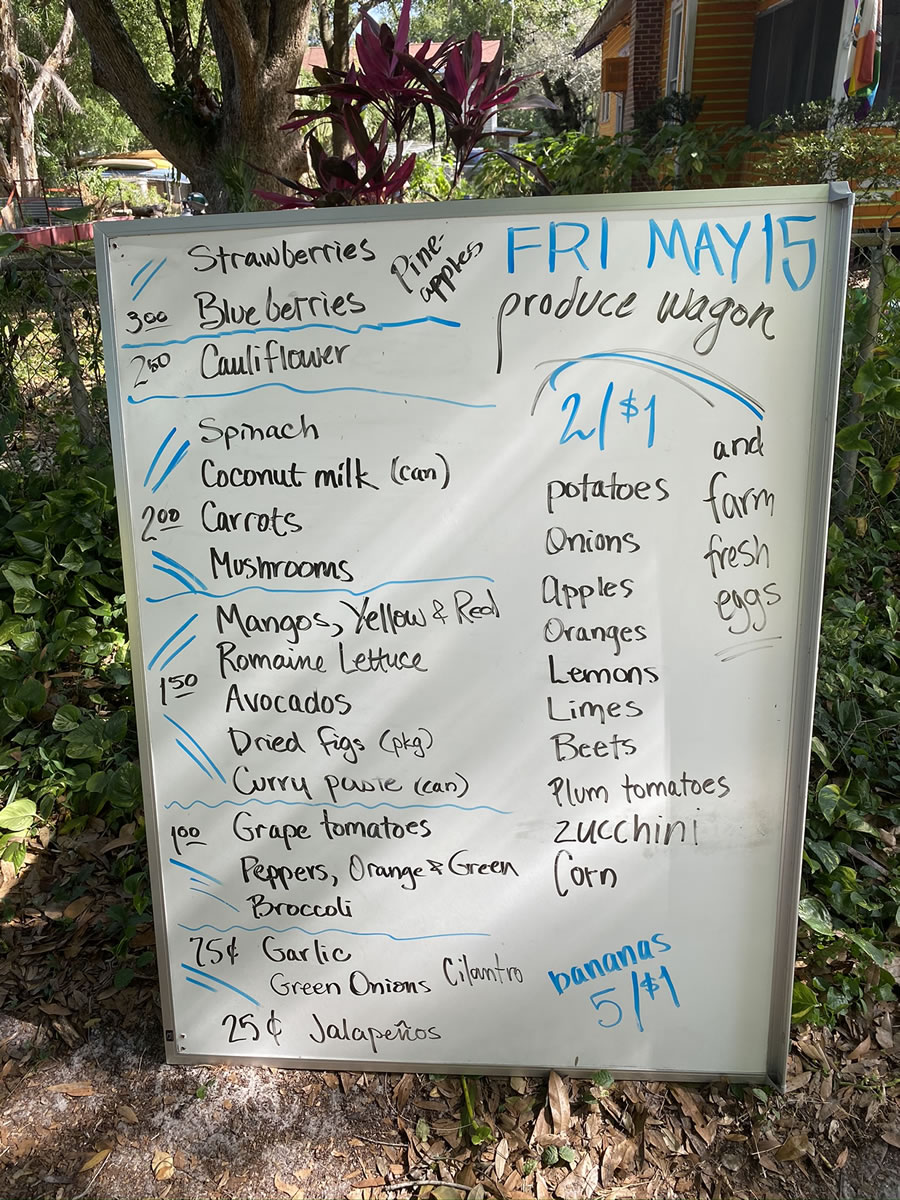In my opinion, the real take-away from this Tampa Bay Times article is that under the right circumstances, you can get a COVID-19 test at a strip club.
It appears in the article titled Mike Calta among staff with coronavirus at 102.5 The Bone. Here’s the relevant part:
The plan for now was for the Calta show to continue broadcasting live with with everyone working remotely from their own homes.
Drew Garabo, an afternoon host on the station who broadcasts from the same studio as Calta, said on his show Monday that he received a call from a supervisor Friday night while en route to a Tampa strip club in a rideshare.
…
Garabo said that he and a co-host were, coincidentally, offered a COVID-19 test in the back office of that strip club after they arrived. Both came back later showing no signs of the virus. He said he’s unsure if it could have been a false negative, or if he has been exposed since then.
My guess is that the tests at the strip club are for specifically for the employees and that Garabo was on his way to the club to do a DJ gig there. He probably needed the money — if you read the article, you’ll see a reference to co-workers at the radio station being roommates. The moral of the story is to tip well at the strip club; they don’t have the work-from-home options that many of us do, and they could use the cash.
Today’s Tampa Bay Times also has a story about DJs at Orlando’s Wild 94.1 coming down with COVID-19. DJ booths are tiny, high-touch environments; this story seems to be another data point about small, enclosed indoor spaces being a vector for the disease.





